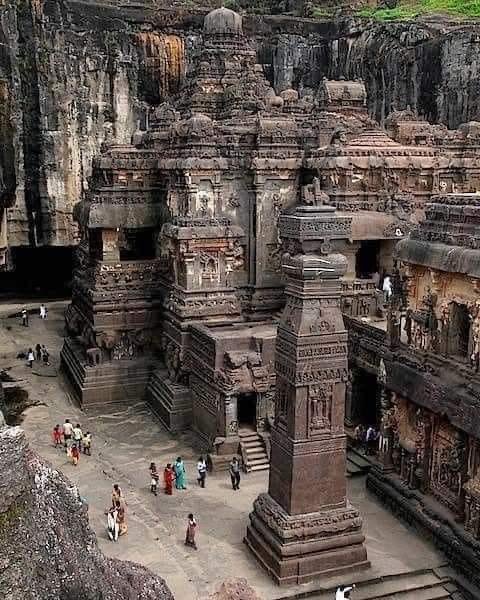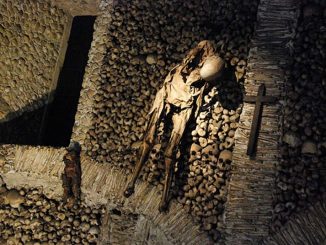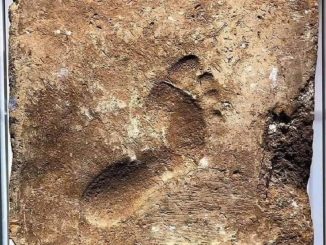The Unparalleled Marvel of Kailasha Mandir
The Kailasha Mandir, located in the Ellora Caves of Maharashtra, India, stands as an extraordinary testament to ancient Indian architecture and engineering. This awe-inspiring temple, dedicated to Lord Shiva, is not just a religious site but a masterpiece of art and craftsmanship. What makes Kailasha Mandir truly remarkable is that it was carved entirely out of a single piece of basalt rock, from top to bottom. Nearly 4 lakh tons of stone were excavated to create this wonder, yet no debris from the excavation has been found within a 100-kilometer radius. The construction techniques employed far surpass what could be achieved with mere chisels and hammers, suggesting the use of advanced ancient Bharatiya technology. Unfortunately, much of this knowledge was lost with the burning of Nalanda University. In this blog post, we will delve into the history, architectural brilliance, and the mysterious technology behind Kailasha Mandir, while reflecting on the significance of such ancient discoveries.

The Historical Significance of Kailasha Mandir
Kailasha Mandir is part of the Ellora Caves complex, a UNESCO World Heritage Site that comprises 34 caves carved into the Charanandri Hills. The temple itself, Cave 16, is the largest monolithic rock excavation in the world. Built during the reign of the Rashtrakuta king Krishna I in the 8th century, the temple complex symbolizes Mount Kailash, the sacred abode of Lord Shiva. The construction of Kailasha Mandir was an ambitious endeavor, reflecting the artistic, cultural, and religious zenith of ancient India.
The temple’s historical significance is multifaceted. It is a symbol of the Rashtrakuta dynasty’s devotion to Shiva and their immense power and wealth. Additionally, Kailasha Mandir stands as an epitome of rock-cut architecture, showcasing the ingenuity and dedication of its creators. The temple’s intricate carvings, massive sculptures, and detailed frescoes are not only religious representations but also records of the era’s social, cultural, and political life.
Architectural Brilliance: A Monument Carved from the Top Down
The architectural design of Kailasha Mandir is unparalleled. Unlike conventional buildings, which are constructed from the ground up, Kailasha Mandir was excavated from the top down. This method required meticulous planning and execution. The temple complex features a towering vimana (spire), spacious courtyards, and intricately carved halls, pillars, and sculptures. The main shrine houses a massive lingam, the symbol of Shiva, surrounded by exquisitely carved panels depicting scenes from Hindu mythology.
The temple’s exterior is adorned with life-sized elephant sculptures, giving the impression of supporting the entire structure. The precision of the carvings and the symmetry of the design indicate a high level of mathematical and engineering knowledge. The Kailasha Mandir’s construction would have required not only skilled artisans but also advanced tools and techniques far beyond the chisels and hammers typically associated with ancient rock-cut architecture.
The Mystery of the Missing Debris and Advanced Ancient Technology
One of the most perplexing aspects of Kailasha Mandir is the absence of debris. Nearly 4 lakh tons of rock were removed to create this architectural marvel, yet there is no evidence of where the debris was deposited. This mystery has led to various theories suggesting that advanced ancient Bharatiya technology was employed in the temple’s construction. Some speculate that the builders had access to sophisticated knowledge and tools, possibly including techniques for disintegration and transport of massive amounts of rock.
The loss of knowledge from the burning of Nalanda University, an ancient center of learning, adds to this enigma. Nalanda was renowned for its extensive library and scholarly activities, covering a wide range of subjects including engineering, architecture, and metallurgy. The destruction of Nalanda by invaders resulted in the loss of invaluable texts and knowledge, potentially including the techniques used to construct wonders like Kailasha Mandir. This lost knowledge remains a tantalizing possibility, hinting at the advanced capabilities of ancient Indian civilizations.
The Legacy and Continued Fascination with Kailasha Mandir
Today, Kailasha Mandir continues to captivate and inspire scholars, architects, and tourists from around the world. Its sheer scale, artistic beauty, and the mysteries surrounding its construction make it a subject of ongoing research and fascination. The temple not only represents the zenith of ancient Indian rock-cut architecture but also serves as a reminder of the rich cultural heritage and advanced technological prowess of ancient India.
Visiting Kailasha Mandir is a profound experience. The temple’s grandeur and the skill of its creators evoke awe and admiration, while the unanswered questions about its construction spark curiosity and wonder. As we explore and appreciate such ancient marvels, we gain a deeper understanding of the ingenuity and creativity of our ancestors.
Reflecting on Ancient Discoveries
Kailasha Mandir stands as a monumental achievement in human history, showcasing the pinnacle of ancient Indian architecture and technology. The temple’s construction, with its top-down excavation, intricate carvings, and massive scale, is a testament to the advanced knowledge and skills possessed by the ancient builders. The mystery of the missing debris and the potential use of sophisticated technology only add to its allure and significance.
Reflecting on ancient discoveries like Kailasha Mandir highlights the importance of preserving and studying our cultural heritage. These sites offer invaluable insights into the capabilities and achievements of past civilizations, inspiring us to explore and understand our own history and potential. As we continue to uncover and interpret these ancient wonders, we honor the legacy of those who came before us and contribute to the collective knowledge of humanity. The story of Kailasha Mandir, with its blend of history, art, and mystery, is a reminder of the enduring power and fascination of our ancient past.
4o


